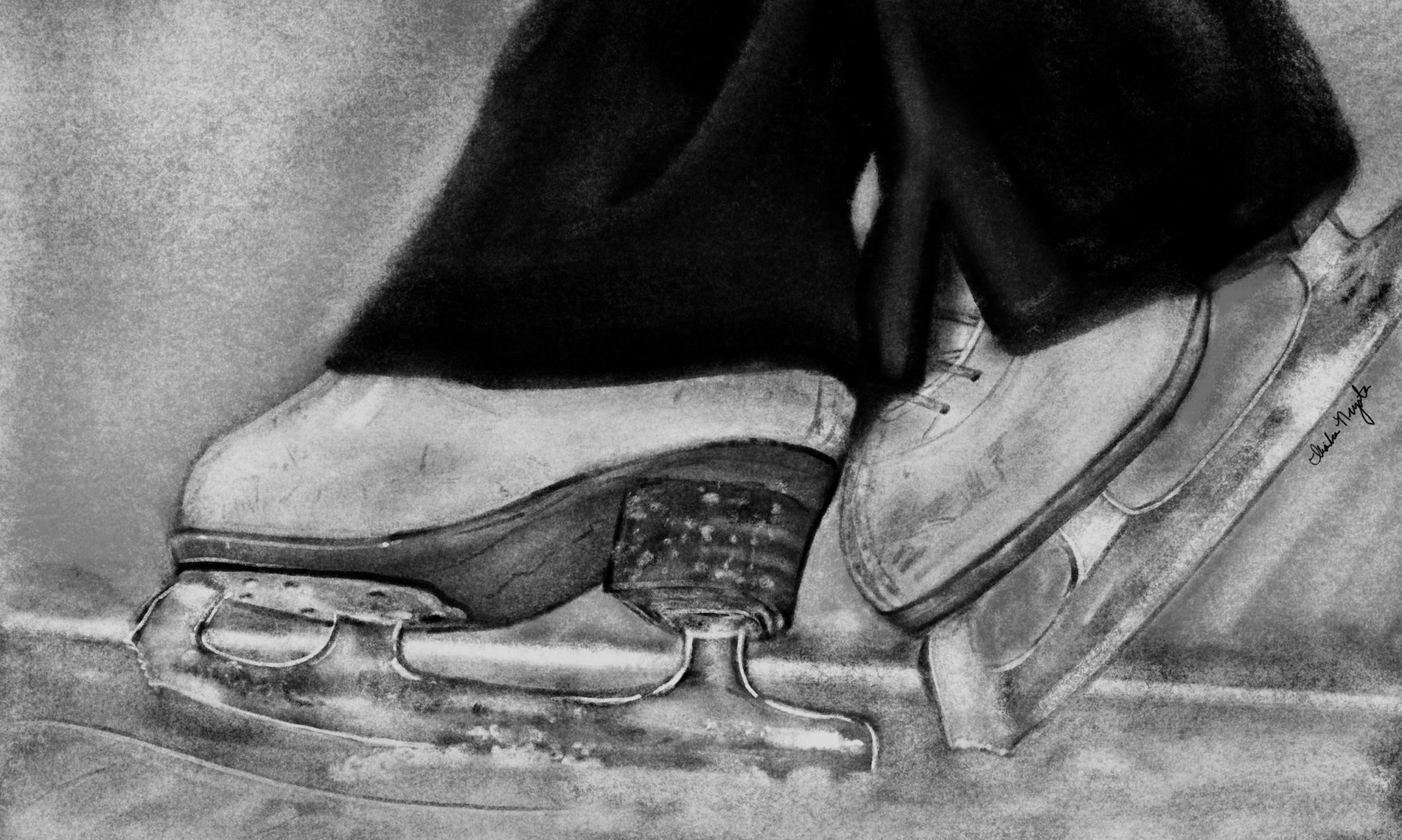Listen to Audio version here.
You Qualified!
Congratulations, you competed at Regionals* and qualified for Sectionals. It’s a whole new ball game now!
Wrong. As long as you started the season right, very little needs to change.
How do you know if you started your season right?
- Did you create well defined goals for the season?
- Did you create a strong plan from your goals?
- Have you been following your plan?
- Did you check your plan periodically?
- Did you revise and tweak your plan to keep you on track?
If you can say yes to these five things, then Regionals was a short layover. You are still on the same journey you started at the beginning of the season. Trust that you are on the right path
You never stop gathering information, and adjusting your plan to perform your best. All the experiences up to now will help you skate great at Sectionals.
Time to ramp it up?
After qualifying for Sectionals, some skaters feel overwhelmed. They are excited and feel this is their “big chance” to prove themselves.
Or they freak out because they “need to catch up” with their competitors at Sectionals.
They might feel like they don’t deserve to go to Sectionals. The judges made a mistake. To prove they belong there, they feel the need to skate amazingly great.
This is what we call stinkin’ thinkin.’ It leads to low confidence, self doubt and lack of trust in skating abilities.
Skaters (and some coaches) often feel like they need to “ramp up” or increase the intensity of practice. In other words, to “cram” for the exam. To get as much improvement as possible before the next competition.
Remember, your preparation for this next step started at least 8 months ago when you got your current programs. In fact, you started preparing your skills for this event when you started to take lessons.
Every competition, every obstacle has helped to prepare you for this next challenge.
All of this experience counts!
Focus on yourself
It is tempting for skaters to get excited and push for new skills to showcase at the next competition. To pull out the “big guns” instead of selling what they have.
We have all seen skaters that skate at Regionals with one or two triples. No big deal. But when they get to Sectionals, “What?! They just landed a triple lutz!”
From the outside, it looks like she “got” the rest of her triples between the Regionals and Sectionals.
The truth is: She was pretty consistent with these jumps, but the goal was to qualify for Sectionals. To do that, the skater needed to skate clean, maximize points through solid jumps and high GOE. This strategy has the added benefit of building the skater’s confidence.
At Sectionals, the plan is to build on that platform of confidence. The competitor has been practicing the jumps all season long. It’s time to add them into the program (a happy, confident skater skates better than one with self doubts). This was a planned strategic move.
Between the first and second qualifiers, (in North America), there is 2-3 weeks between competitions.
I would argue that most of the skills the skater has will remain the same between the competitions. Two weeks is not enough time to make any drastic changes in a program. Little tweaks in choreography and elements can help to gain points. But only if the skater is able to make the shift easily.
Back to mental game basics
You want to skate your best at Sectionals. Cramming doesn’t work.
You need to continue to maintain and build on the momentum you created at Regionals.
A skater who is prepared and confident will skate better than an anxious skater.
Make the most of your practice between competitions. Show up with the right mindset.
Deal with “overwhelm” by breaking down your tasks into smaller chunks. Go back to your mental game fundamentals.
Pay attention to your mood. Deal with any self doubts or worry about results right away with your mental game techniques.
Make sure that you create time for adequate rest and recovery. After giving your all at Regionals, you need to recharge before the next competition.
Physical recovery is important and you probably have a good handle on that. Massage, acupuncture, cryotherapy, sleep, hydration and nutrition renew and refresh the mind and body.
Make sure that you also allow for mental relaxation and recovery. Take a break from skating related planning, thoughts and conversations for a day or two after competition.
Take a break. Go out and enjoy nature sit on the beach or watch a sunset. Take a short hike or have a picnic.
Action Plan
- Review your plan. Remember that you are not starting from scratch, you are continuing your journey.
- Pick up where you left off and get back in the groove. Your plan has worked so far. Trust it to keep on working for you.
- Make a practice plan for your next practice session on the ice.
- Create process goals and use them to keep you moving forward and focused on what you need to do.
- Remember to keep working your mental game every moment you are on the ice.
Remind yourself that your mindset is to Learn and Grow with each experience. Sectionals is another opportunity to learn and grow in your skating.
If your season is done, it is time to prepare for your next season. Next year make Sectionals a reality. Make a commitment to yourself.
Download and do the exercises in: Confidence Myth Busters, a complimentary eBook from ICE Mental Game.
*For clarity I used the US qualifying sequence. Please substitute your federation’s sequence of events.
U.S. qualifying competition sequence: Regionals, Sectionals, Nationals.
Canada qualifying sequence: Sectionals, Challenge, Nationals.
